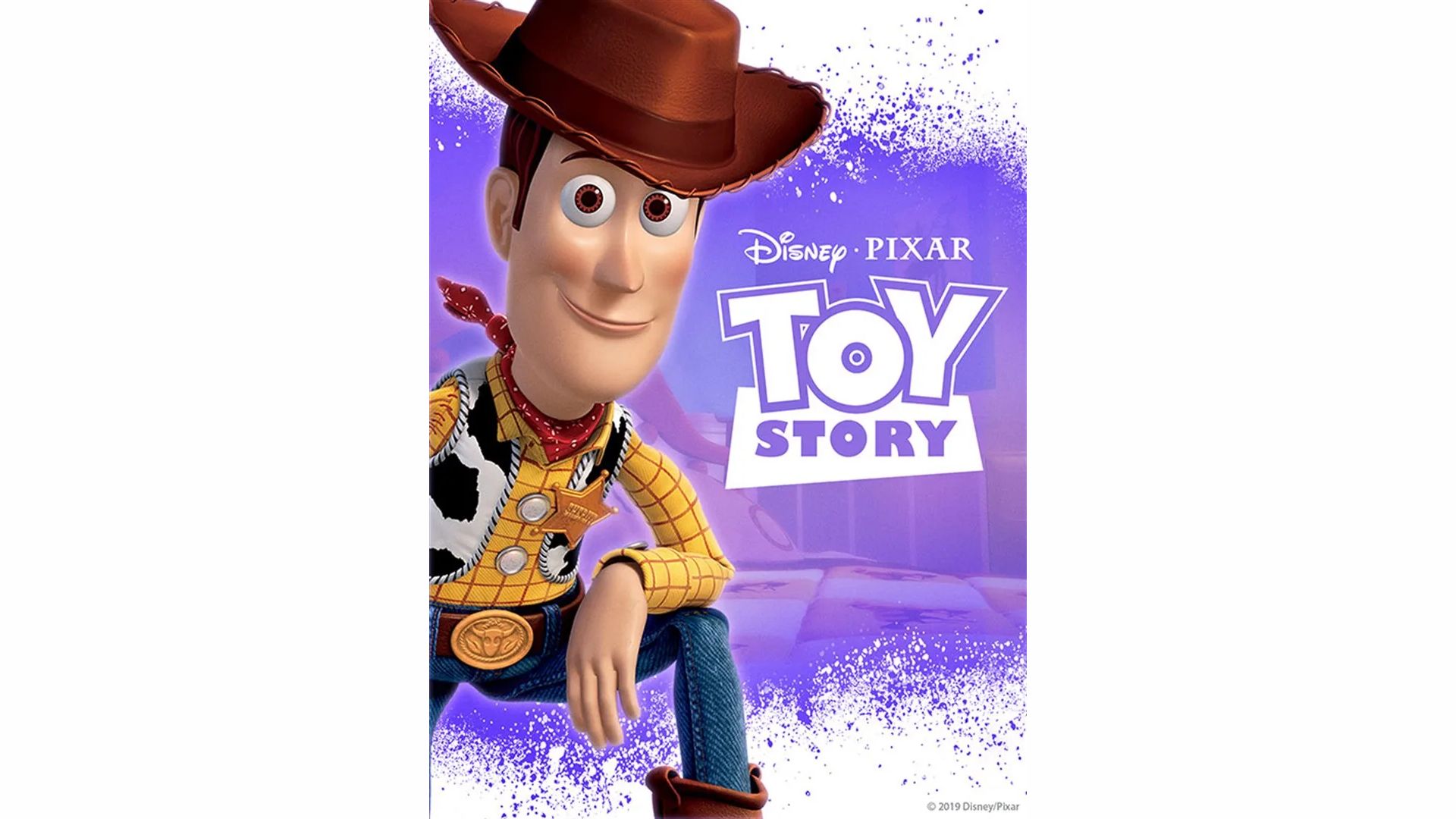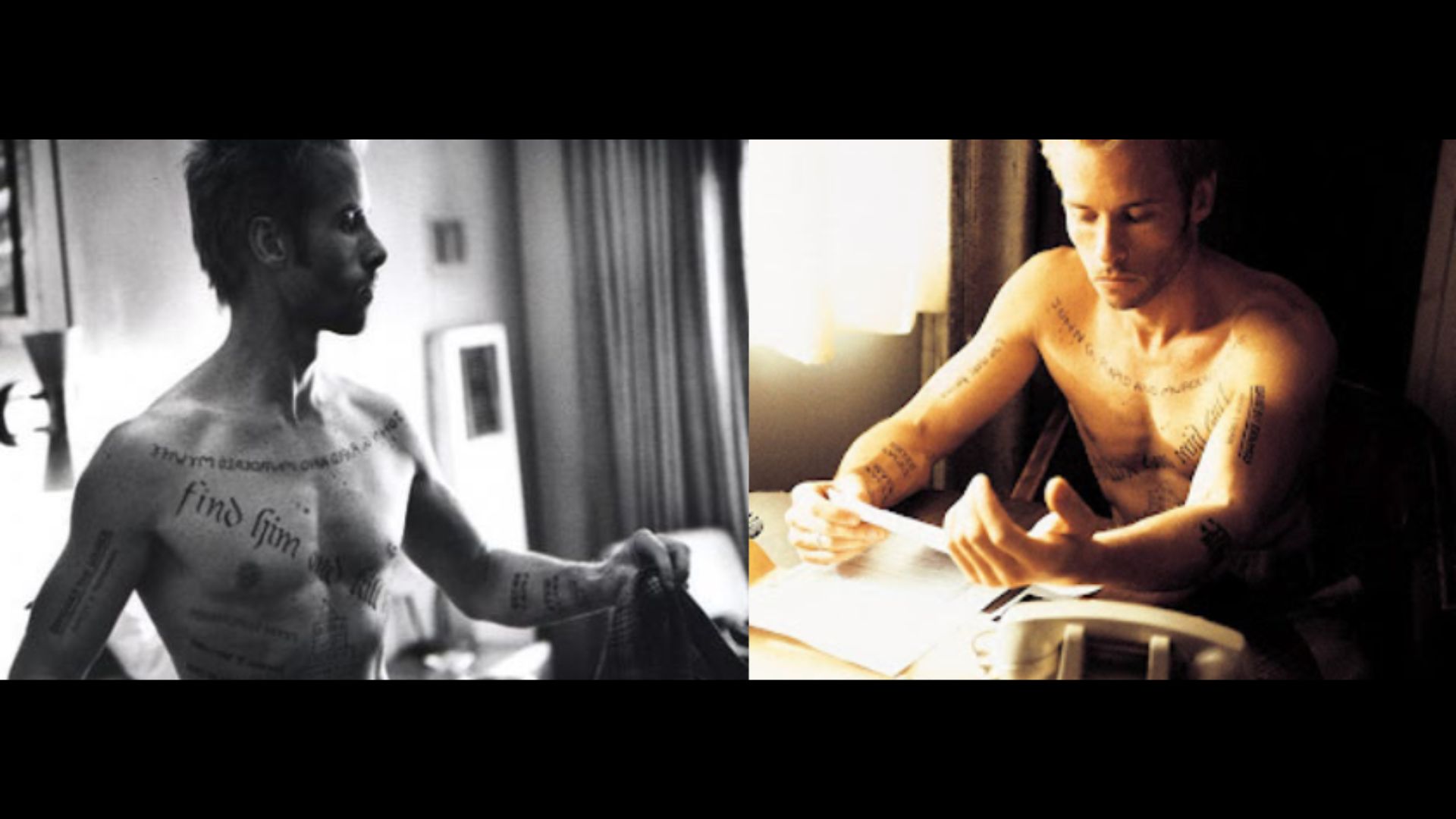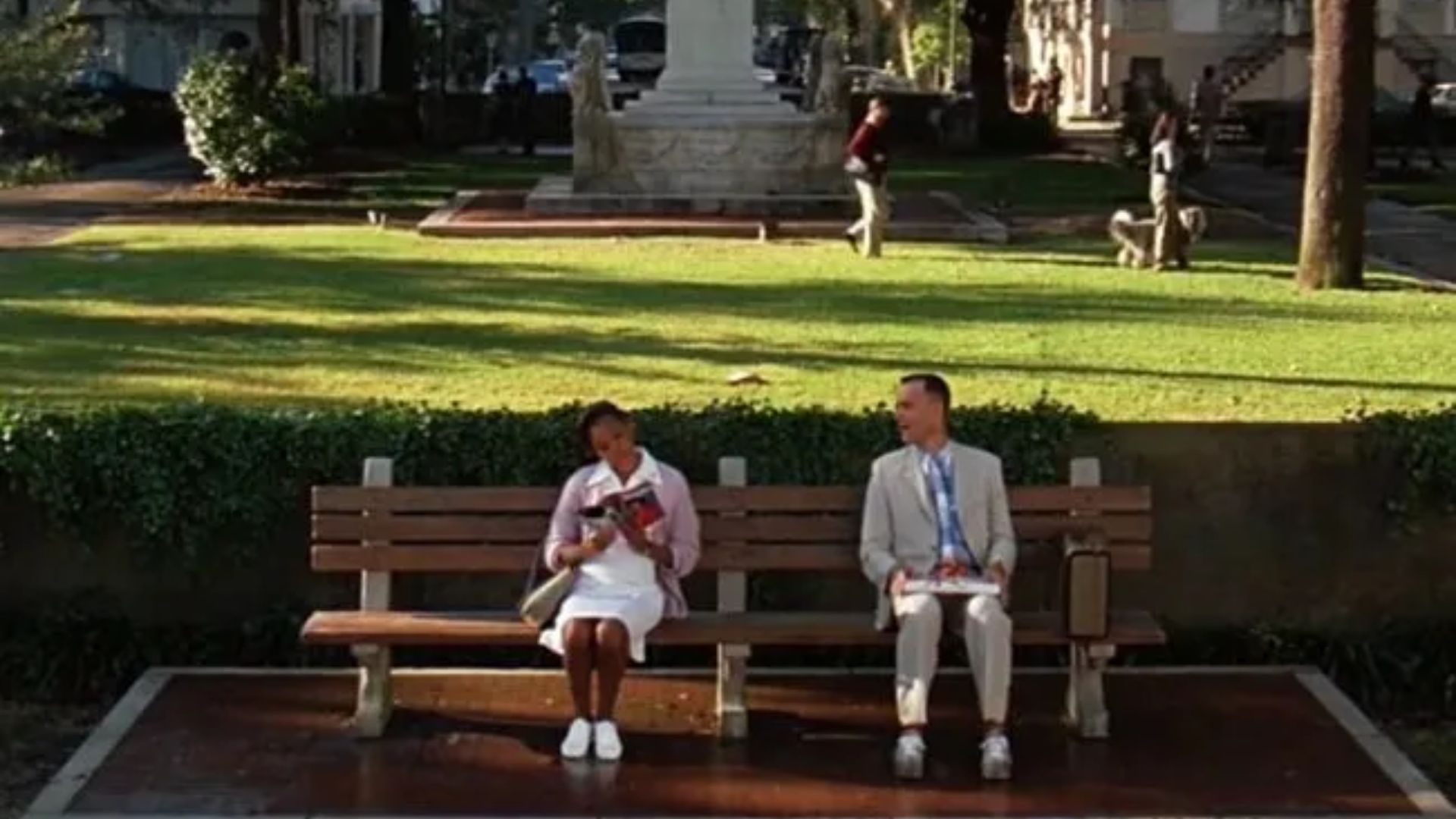Christmas Gift Idea Filmmakers Will Love Filmmakers are a special breed. They possess a unique blend of creativity, technical expertise, and storytelling prowess. But finding the perfect Christmas gift idea filmmakers will love can be challenging. Fear not, aspiring...
The Most Innovative AI Tools in Filmmaking
The Most Innovative AI Tools in Filmmaking
Imagine a world where your wildest cinematic dreams take flight, fueled by the boundless potential of AI. Where storyboards become living, breathing worlds, and scripts morph into masterpieces with the help of machine learning. Where budget limitations become mere suggestions, and VFX artistry becomes a playground for your imagination. This is the world that awaits us, and it’s closer than you think. In this article, we’ll unlock the secrets of the most innovative AI tools in filmmaking, tools that empower you to create cinematic magic without breaking the bank.
The Most Innovative AI Tools in Filmmaking
So, join us as we journey through the future of film, where the only limit is your own creativity. Let’s paint the screen with the colors of innovation and tell stories that will leave audiences breathless. We’ll delve into AI-powered storyboarding that brings your vision to life, script analysis software that polishes your narrative like a diamond, and VFX magic that transcends physical limitations. This isn’t just science fiction – it’s the future of filmmaking, and it’s here now.
Deep Dives into the AI Filmmaking Toolbox
Artella
Concept to Canvas: Take your rough sketches, doodles, or even verbal descriptions, and Artella’s AI will transform them into dynamic storyboards with professional layouts and compositions. No need for detailed drawing skills – focus on your ideas and let Artella handle the visuals.
Rapid Iteration: Don’t get bogged down by endless redraws. Artella allows you to quickly experiment with different camera angles, scene compositions, and character poses, making it easy to iterate and refine your storyboards until they’re perfect.
Collaboration & Feedback: Share your storyboards with your team or clients easily and receive feedback right within the platform. Artella’s annotation tools make it simple to pinpoint specific elements and discuss revisions.
Beyond Storyboards: While storyboarding is its core strength, Artella can also generate animatics, rough character designs, and even concept art, providing a holistic visual foundation for your project.
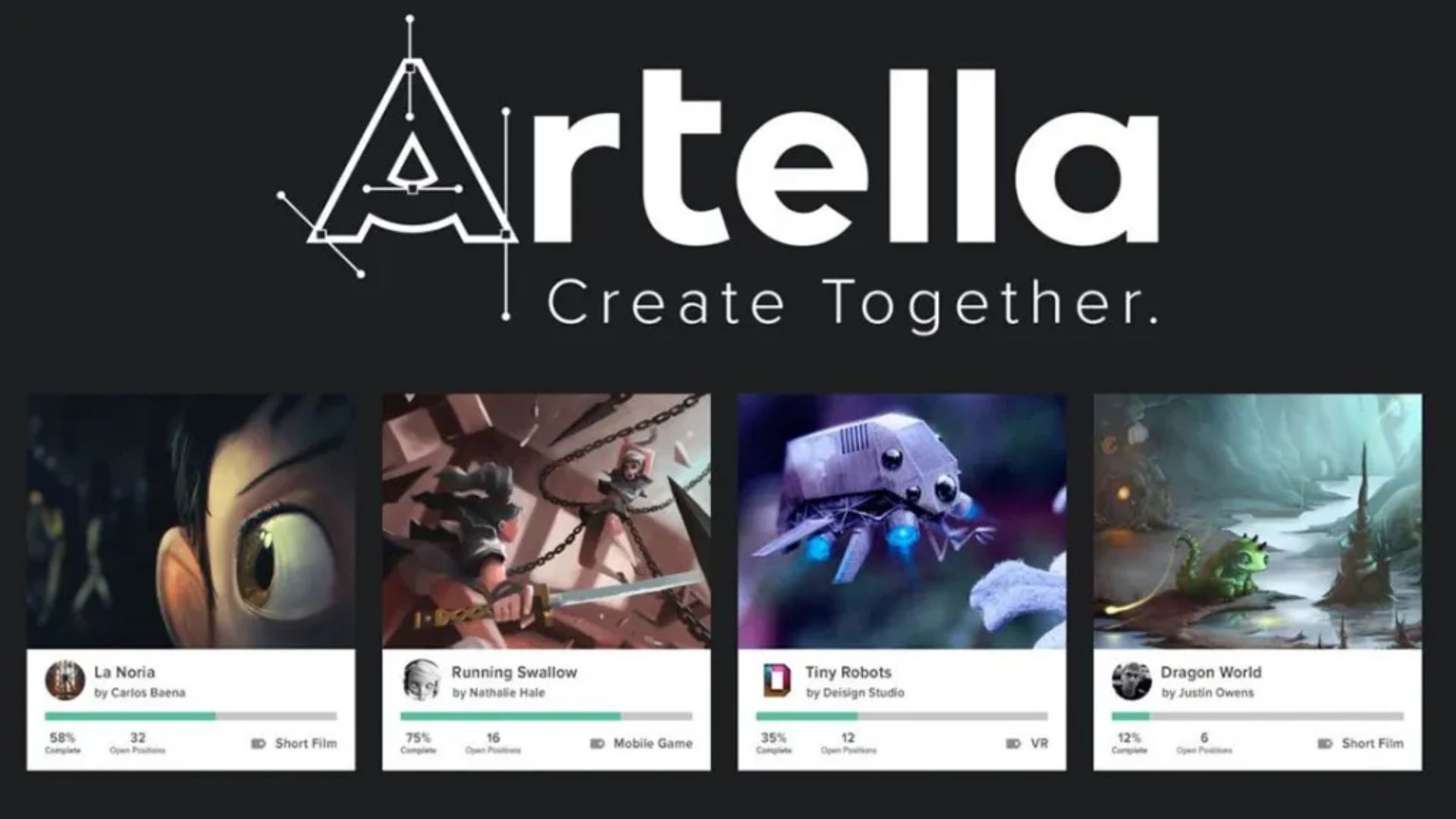
Artella
ScriptBook
Story Architect: ScriptBook goes beyond grammar and spellcheck. Its AI analyzes your script for pacing, character arcs, plot consistency, and even emotional beats. It identifies areas where your story might drag, where characters lack development, or where plot points don’t align.
Dialogue Doctor: Get insights into your characters’ voices and dialogue patterns. ScriptBook can identify inconsistencies and overuse of certain words and even suggest alternative lines for more natural-sounding conversations.
Theme Weaver: Uncover the hidden threads that bind your story together. ScriptBook helps you identify recurring themes, motifs, and symbols, ensuring your narrative has a cohesive and impactful message.
Data-Driven Decisions: Gain objective insights into your script’s strengths and weaknesses. ScriptBook provides reports and visualizations that help you track progress, compare drafts, and make informed decisions about your story.

ScriptBook
AI Dungeon: Dive into Interactive Storytelling
AI Dungeon is a text-based adventure game powered by artificial intelligence. It takes you on interactive journeys through fantastical worlds, where your choices shape the narrative and your imagination becomes the ultimate weapon.
Interactive Storytelling: Unlike traditional games with pre-determined storylines, AI Dungeon offers a dynamic experience. Your every input, from actions to dialogue choices, influences the story’s direction. You’re not just playing; you’re co-creating.
AI-Powered World Building: The AI engine crafts rich and immersive environments populated with diverse characters and unpredictable events. From bustling city streets to treacherous dungeons, AI Dungeon surprises you with its ever-evolving landscapes.
Unlimited Scenarios: The possibilities are truly endless. Explore classic fantasy realms, delve into sci-fi dystopias, or even invent your own genre. AI Dungeon adapts to your preferences, generating unique scenarios with each playthrough.
Brainstorming Playground: Stuck on a writing block or need inspiration for your next creative project? AI Dungeon can be your ultimate brainstorming tool. Experiment with different characters, plotlines, and settings, and let the AI guide you towards unexpected twists and turns.
Developing Skills: Beyond its entertainment value, AI Dungeon can be a valuable tool for developing your storytelling and critical thinking skills. The constant interaction and decision-making challenge you to think creatively and adapt to unexpected situations.
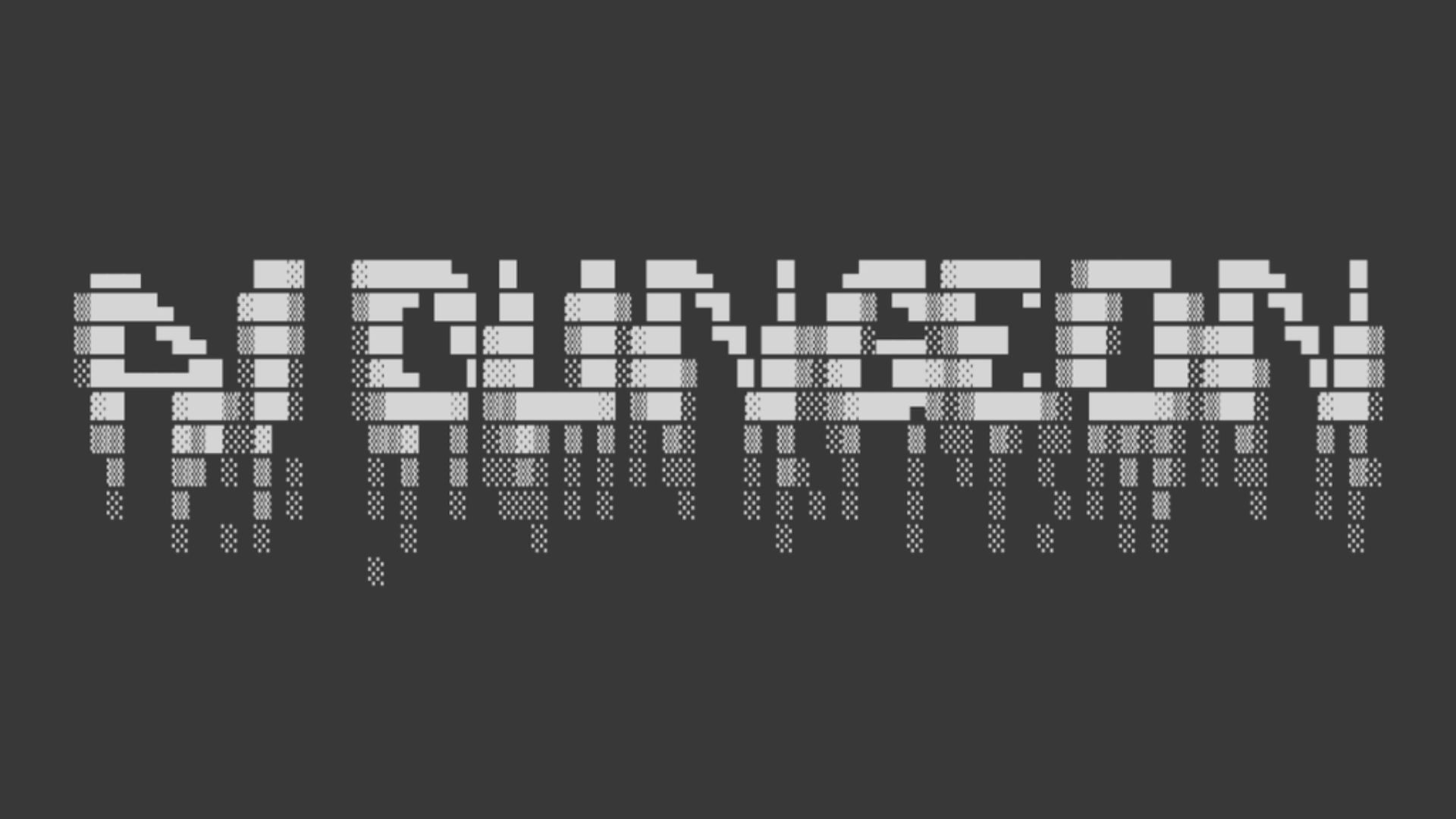
AI Dungeon
RunwayML: Unleash Your Inner VFX Wizard
Effortlessly replacing green screens with stunning landscapes – No more tedious masking and color correction. Simply drop your footage into RunwayML and let the AI seamlessly blend your actors into any environment.
Generating realistic special effects with just a few clicks – Need fire, explosions, or even weather phenomena? Forget expensive post-production software. RunwayML’s library of AI-powered effects lets you add cinematic flair in seconds.
Upscaling low-resolution footage to stunning 4K – Breathe new life into your old videos or capture stunning close-ups without sacrificing quality. RunwayML’s AI technology can transform pixelated footage into high-resolution masterpieces.
Exploring cutting-edge tools like object removal and video editing automation – Push the boundaries of storytelling with features like removing unwanted objects from your scenes or letting AI automatically edit your footage for smoother transitions and pacing.

RunwayML
This is just the beginning of AI’s journey in filmmaking. Stay curious, explore the ever-expanding toolbox, and challenge yourself to integrate these tools into your unique storytelling vision. Join the conversation, share your experiences, and help shape the future of AI-powered cinema. Your voice matters, and your creativity can unlock the next wave of innovation. Let’s create together, powered by the magic of AI and the boundless potential of human imagination.

Christmas Gift Idea Filmmakers Will Love

The Most Innovative AI Tools in Filmmaking
The Most Innovative AI Tools in Filmmaking Imagine a world where your wildest cinematic dreams take flight, fueled by the boundless potential of AI. Where storyboards become living, breathing worlds, and scripts morph into masterpieces with the help of machine...

What is “Art” in Film
What is “Art” in Film Art is an imitation of reality --Plato Plato defines the term “art” as an imitation or representation of reality. Other philosophers also considered art as a medium for the transmission of feelings. Regarding art in film, almost all films can be...
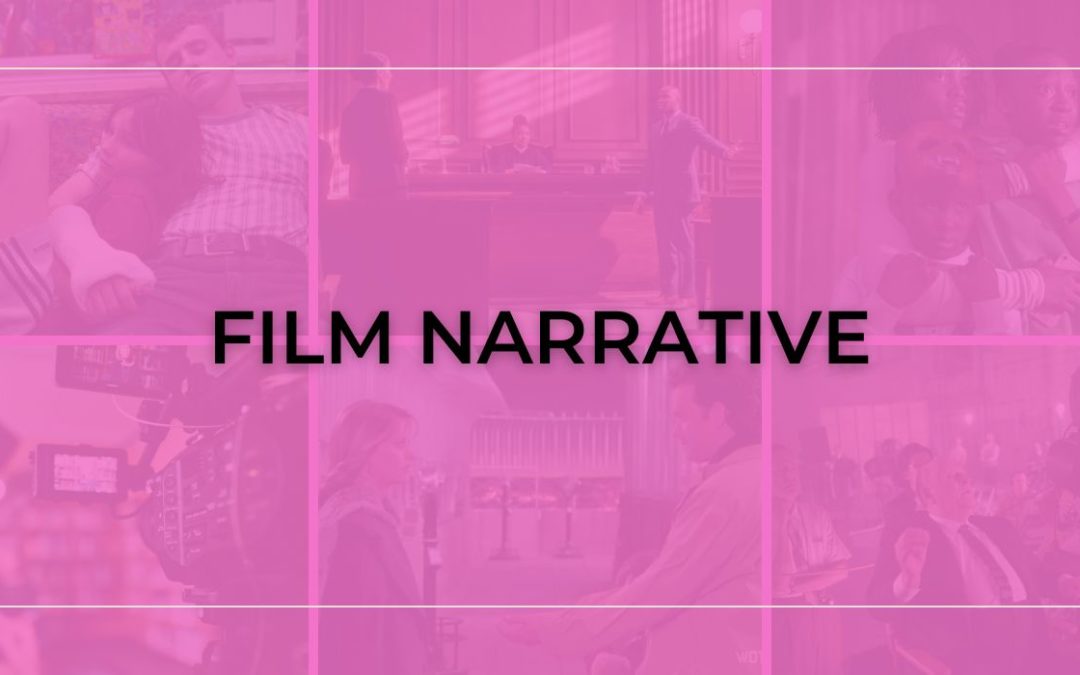
Film Narrative
What is a Narrative film? Simply put, a narrative film is a movie that tells a story. So any form of film that follows a chain of events is narrative. Many people think that only fiction movies are narrative. But documentaries and movies that tell a real story can...
Up next
French New Wave
French New Wave History Background The French New Wave can be considered as a reaction to the World War II. During the war, American films were...

